Photo credit Elaine Beyer.
by Elaine Beyer
Living adjacent to the Santiam State Forest, a person can experience many different encounters with different species of wildlife. The past several autumns we’ve discovered bear scat in our fruit orchard and scattered amongst the property. In late April I made a split in one of my hives along with a baited swarm trap. Moving them to the meadow in the woods was the best option, since it’s a distance from the apiary. Last year I put a swarm trap over there with no problem, this year I wasn’t so lucky. As I drove up to check on the boxes, after several days of rain, to my dismay I found a pile of rubble. Both the bait and hive boxes were ravaged by a bear. After picking up the mess I was able to repair all but two frames. I was heartbroken and chalked it up as a learning experience. That day I moved all four swarm traps that were distributed throughout the property, along with the hive box back to the apiary. Knowing the bear had a taste of brood and honey I thought it best.
Oregon Department of Fish and Wildlife (ODFW) states that Ursus americanus or the black bear is the most widely dispersed bear in North America. Black bears are Oregon’s only remaining bear species. They range from 5 to 6 feet in length and weigh from 125 to 500 pounds. They are relatively populous, with approximately 25,000 to 30,000 residing in the state. These bears have a home range of 15 to 80 square miles, a lifespan in the wild of 18 to 20 years and are solitary animals. Mating in June and July, the males become aggressive and territorial. Females give birth to 2 to 4 cubs in winter, while denning. Cubs remain with their mothers until spring, then the females will breed again. The black bear can also be brown, blonde or cinnamon in color. Bears have a legendary attraction to bee hives. The main attraction being the brood for protein, honey being secondary and a favorite on the bears menu.
Trying to deter the bears away from your hives in bear country is crucial. The best and cheapest option is a good electric fence. We have yet to see the bear, but did capture it or perhaps another one on our game camera.
Elaine Beyer is a journeyman student with the Oregon Master Beekeepers Program at Oregon State University. Her goal is to receive her journeyman’s certificate, maintain healthy and populous hives and produce honey to enjoy and sell.

